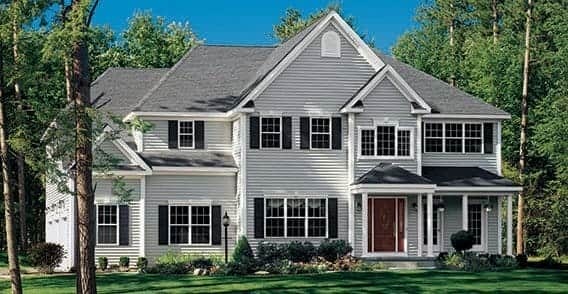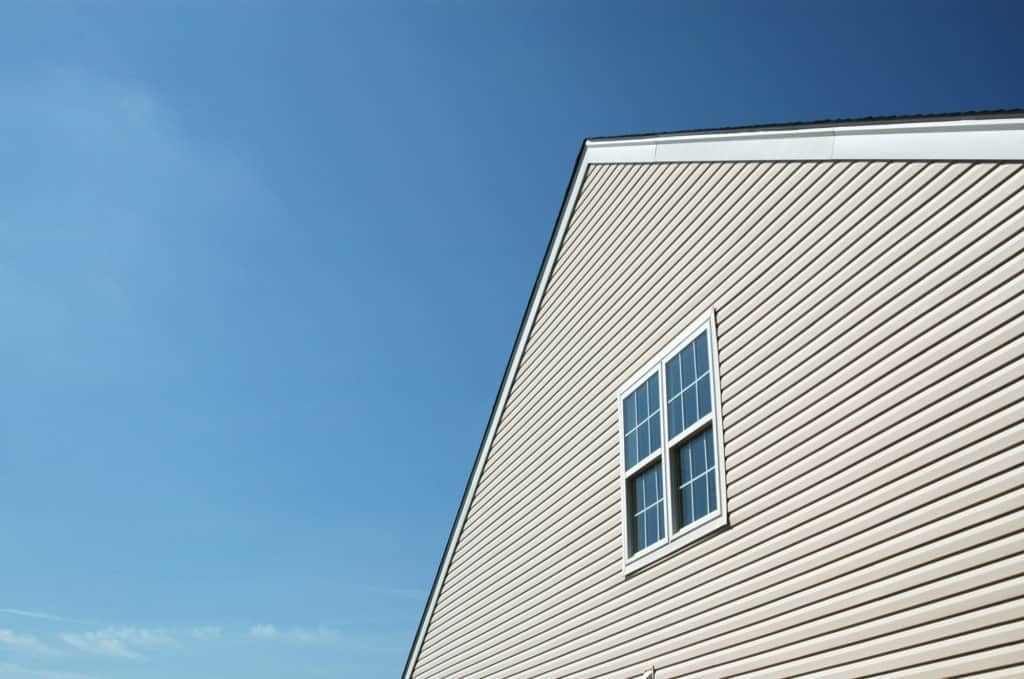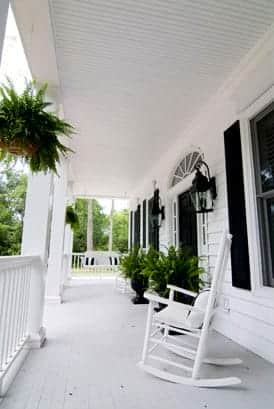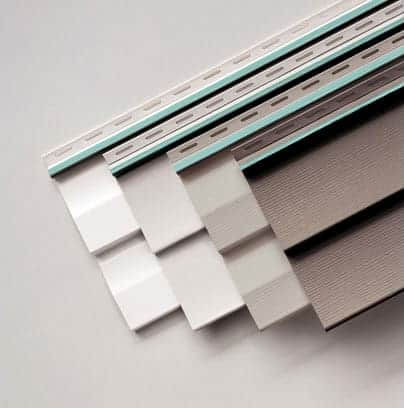Vinyl vs. Aluminum: Energy Savings Siding
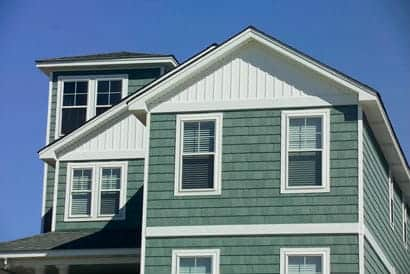
Choosing which siding to use on your home can be a daunting task. You want your home to look great and be energy efficient, but which material will give you the best results? Vinyl siding is the most popular material, but does it really have any advantages over aluminum?
When you’re shopping for materials that will increase the energy efficiency of your home, from insulation to siding to windows, each will be rated for how well they resist heat flow. The rating, or R-value, is one way to compare the energy efficiency of different products: the higher the R-value, the better the insulating value of the product or material.
The Popular Choice: Vinyl
Besides just making a home look nice, siding must be able to keep out the harsh elements while keeping your home warm in the winter and cool in the summer. By itself, vinyl siding has an R-value of about 0.61. To get the greatest energy efficiency from vinyl siding, close attention must be paid to the airtight wrap around the home and the insulation that lies within the walls.
Opting for insulated vinyl siding, which comes with an R-value between 2 and 5, will also give an added layer of protection from heat loss while helping to keep your home comfortable.
One of the drawbacks of vinyl siding is that it cannot be repainted or refinished once it is installed. You must tear it all down and replace it if you want to change the look of your home. This won’t affect the energy efficiency of your home, however, the energy that is required to produce vinyl siding can be significant. Plus, vinyl siding isn’t very easy to recycle and usually gets sent right to the landfill.
The Runner-Up: Aluminum
Aluminum siding was one of the first alternatives to wood and brick exteriors. It is a bit more expensive than vinyl siding, but in the right conditions it can last for the life of the building it covers. Aluminum siding can dent and scratch more easily than vinyl, but aluminum can be repaired and repainted. Plus, aluminum is easily recycled so it will contribute very little to landfills.
The energy savings of aluminum siding are similar to vinyl. By itself, aluminum siding has an R-value of 0.61 and insulated aluminum siding has an R-value between 2 and 5. Just like vinyl, the real energy efficiency lies in how airtight the home is and how well it is insulated.
Which is Better?
Both aluminum and vinyl siding provide about the same energy savings because both materials rely on an airtight, well-insulated home to function the best. Vinyl siding is easy to manufacture but produces toxic chemicals in the process and can’t be readily recycled.
Aluminum requires a great deal of energy to produce, but can be almost completely recycled. Both materials can last for decades, but only aluminum can be repainted. On the other hand, vinyl siding shouldn’t ever need to be repainted.
Making the Right Choice
Both aluminum and vinyl siding have their own strengths and drawbacks when it comes to energy savings. Neither is a clear winner. In the end, choosing between vinyl and aluminum means choosing between which cladding you think fits the look of your home the best while also fitting into your budget.









